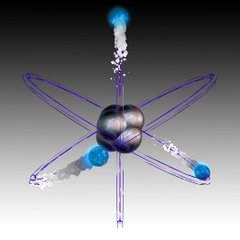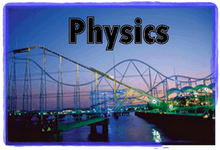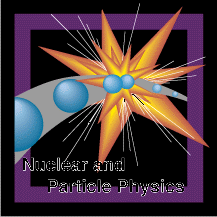Physics made a dramatic entry into medicine with the discoveries of X-rays and natural radioactivity a hundred years ago and the potential for medical imaging and therapy based on these discoveries were very quickly recognized.
Medicine has continued to make impressive progress over recent decades as medical innovation has taken full advantage of the results of fundamental research in physics, chemistry and molecular biology. Particle accelerators, control systems and detector systems initially developed for physics research are today widely used in therapy, diagnostics and medical research. Nuclear medicine, radiology and medical imaging are fast growing medical research fields where physicists and physics research are crucial for further progress. And these are all significant for us nurses to perform our role in taking care and curing our patients.
In my previous article I mentioned that physics is very important for it creates new phenomena in contradiction to the developing diseases right? One very good example of diseases is cancer. There are many cures being formulated to prevent it. An article from this site http://www.fys.uio.no/publ/aarsrapp/rapport97/medicine.html, regarding cancer tells that small linear electron accelerators initially developed for research in particle physics are today extensively used in radiotherapy. About 40% of all European tumour patients, who survive at least five years without symptoms, have been treated with external beams of radiation, mostly high energy X-rays, alone or in combination with surgery and/or chemotherapy. This only proves that through physics cancer will be able to be cured. Nurses will be able to fulfill their pledge of making it sure that their patients are in good health.
Subscribe to:
Post Comments (Atom)




No comments:
Post a Comment